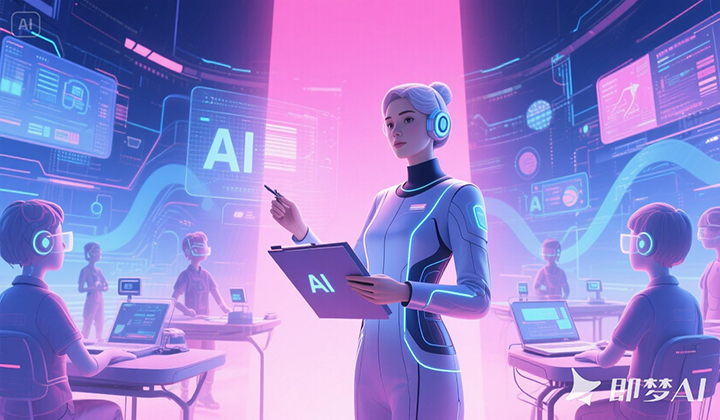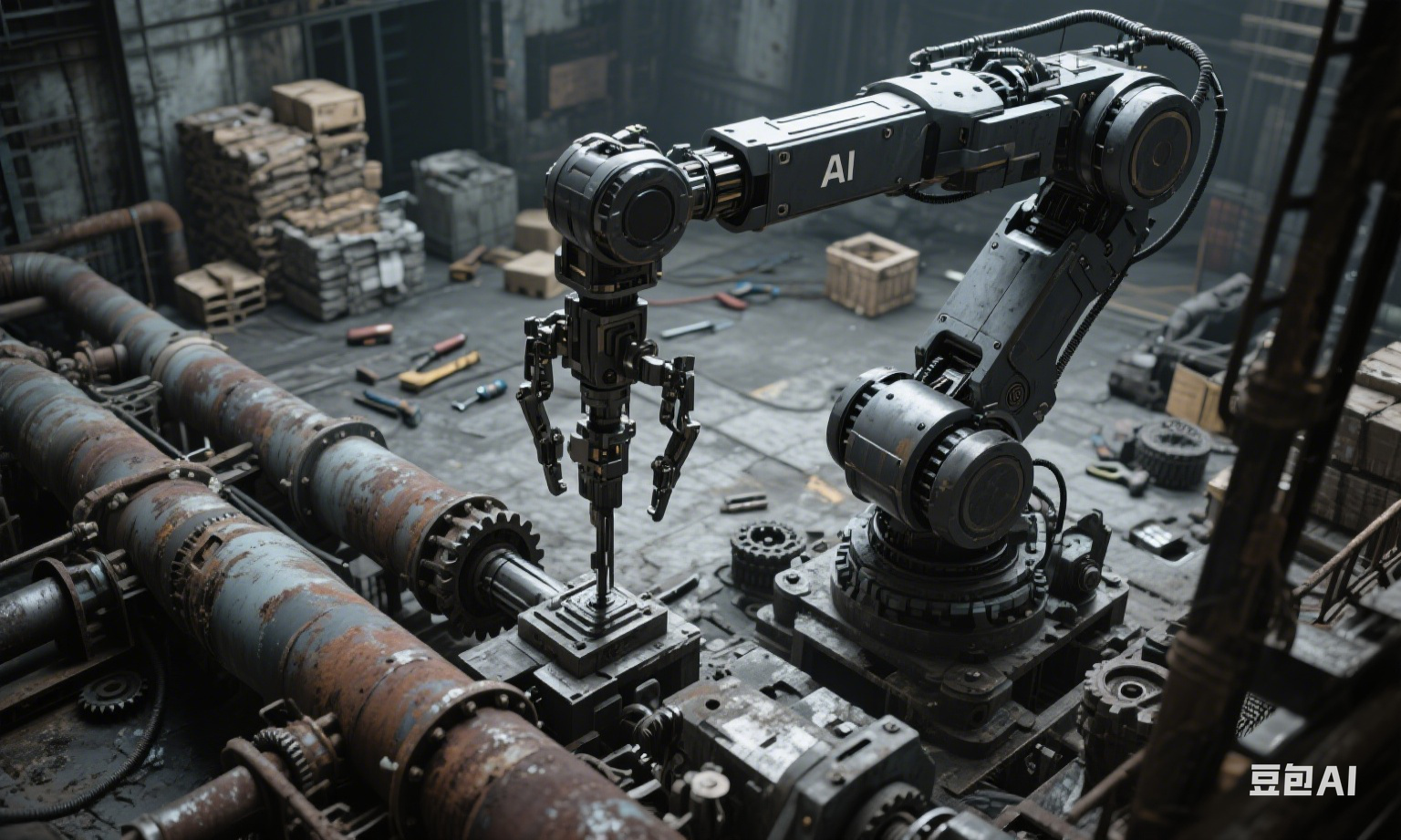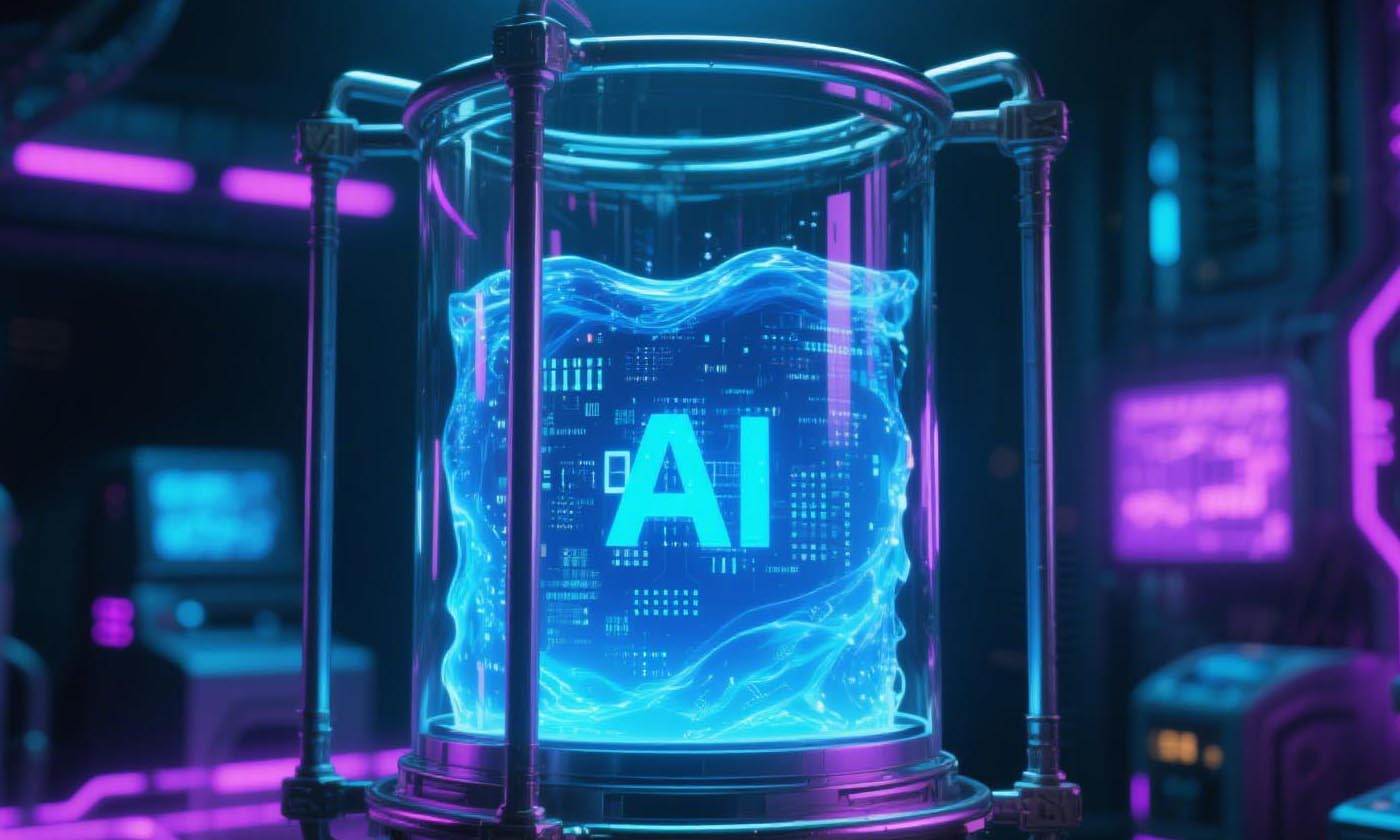AI Agents: Building a New Ecosystem of Hardware as a Service
When a home medicine cabinet actively reminds users to refill prescriptions based on medication records, and a logistics robot autonomously plans routes and adjusts delivery strategies among shelves—these scenarios mark the qualitative change of hardware from "functional carriers" to "service nodes." Leveraging the technical system of "lightweight smart modules + scenario-based service algorithms + open empowerment platforms," Aoyun Cloud Innovation’s Ptalk AI is driving traditional hardware such as medical devices, logistics terminals, and smart home appliances to break through physical boundaries, constructing a brand-new "Hardware as a Service" ecosystem in health management, smart logistics, and daily services.
1. Lightweight Smart Modules: Activating Hardware’s Service Genes
The service-oriented transformation of traditional hardware has been limited by computing power and power consumption. Ptalk AI’s breakthrough lies in creating a "small yet comprehensive" intelligent core:
-
Millimeter-Level Interaction Core: The 25mm×45mm fifth-generation module integrates a self-developed noise-canceling chip, maintaining 95% wake-up accuracy in 75dB hospital ward background noise with a 0.6-second ultra-fast response, keeping devices perpetually "service-ready." Supporting over 300 offline service commands, it enables medical devices to independently summarize health data and logistics terminals to execute basic route planning without the cloud, completely eliminating network dependency.
-
Dynamic Service Algorithms: Large model-based scenario knowledge bases support 48-hour cross-industry migration, automatically loading medication guidelines and first-aid procedures for health scenarios, real-time warehouse maps and delivery rules for logistics, and dynamically learning user habits (e.g., adjusting light color temperature according to daily routines) for smart homes, improving service adaptation efficiency by 70%.
-
Plug-and-Play Upgrade Solutions: Universal Link technology is compatible with 98% of traditional device interfaces, allowing enterprises to upgrade ordinary blood pressure monitors into "health management terminals" within two weeks without retooling production lines, reducing R&D costs by 65%. A senior care equipment manufacturer saw a 35% increase in product repurchase rates and monthly user service interactions grow from 5 to 28 after adoption.
2. Scenario Service Transformation: The Value Reconstruction of Hardware
AI agents drive the service-oriented transformation of hardware across industries:
-
Healthcare: Smart medicine boxes equipped with Ptalk modules become "24/7 health stewards"—scanning medications to auto-enter dosage plans, issuing voice reminders before medication time ("It’s time for your blood pressure pills, please take them with 200ml of water"), and triggering emergency contacts with family members after three consecutive missed doses, improving medication adherence among the elderly by 60%.
-
Smart Logistics: Warehouse robots embedded with AI agents evolve from "command executors" to "task decision-makers": analyzing shelf loads and personnel traffic in real time to auto-plan optimal picking routes, actively calling for collaborative robot support when encountering obstacles, increasing order picking efficiency by 40%. Voice commands like "Check slow-moving items" instantly generate inventory distribution and promotion suggestions to optimize the supply chain.
-
Smart Home: Traditional switch panels upgrade to "scenario service hubs," dynamically adapting through environmental sensors and user voice commands—turning on coffee machines and broadcasting weather forecasts when detecting users waking up, activating security modes with door/window sensors when the home is unoccupied, and closing background music while adjusting lights to focus mode in response to "I need to work quietly," increasing daily service automation by 55%.
3. Ecosystem Empowerment: From Isolated Devices to Service Networks
Ptalk AI is building an open ecosystem to drive hardware from single-point services to networked collaboration:
-
Zero-Code Service Generation Platform: Agent Factory 6.0 supports drag-and-drop operations, enabling enterprises to create exclusive service agents in 3 hours—pharmacies building "medication consultation assistants," warehouses developing "equipment inspection agents," reducing development costs by 85% compared to traditional methods, with over 50,000 registered developers on the platform.
-
Multi-Device Service Collaboration: In smart community scenarios, health bracelets, elevators, and community medical stations share data. When detecting abnormal heart rates, elevators automatically lock to the nearest medical station floor while pre-activating first-aid equipment, compressing end-to-end response time to 90 seconds. In home scenarios, robot vacuums and smart trash cans collaborate, prompting users to empty the bin after cleaning, increasing service closure rates by 70%.
-
Secure and Trustworthy Service System: Federated learning ensures 100% local data processing, with zero upload of user health data in healthcare and financial-grade encryption for logistics cargo information. Industry-specific service quality monitoring models achieve 98.7% risk identification accuracy in health management and 95% optimal route coverage in logistics, ensuring commercial service reliability.
Conclusion: The Ultimate Form of Hardware Serviceization
From single-function mechanical devices to proactive scenario-service nodes; from isolated hardware to collaborative service networks—Ptalk AI’s practice reveals: The ultimate goal of hardware intelligence is "ecosystem construction for services." When every device becomes an entry point connecting user needs and service resources, and different hardware achieves data interoperability and service collaboration through agents, the value boundaries of the hardware industry will be completely redrawn.
In the era of IoT, Ptalk AI is turning the vision of "Hardware as a Service" into reality through technological innovation and ecosystem empowerment. This is not just an upgrade of the hardware industry, but a redefinition of human-technology relations—future hardware will no longer be tools waiting to be used, but intelligent ecosystem participants that actively perceive needs, precisely match services, and continuously create value.












